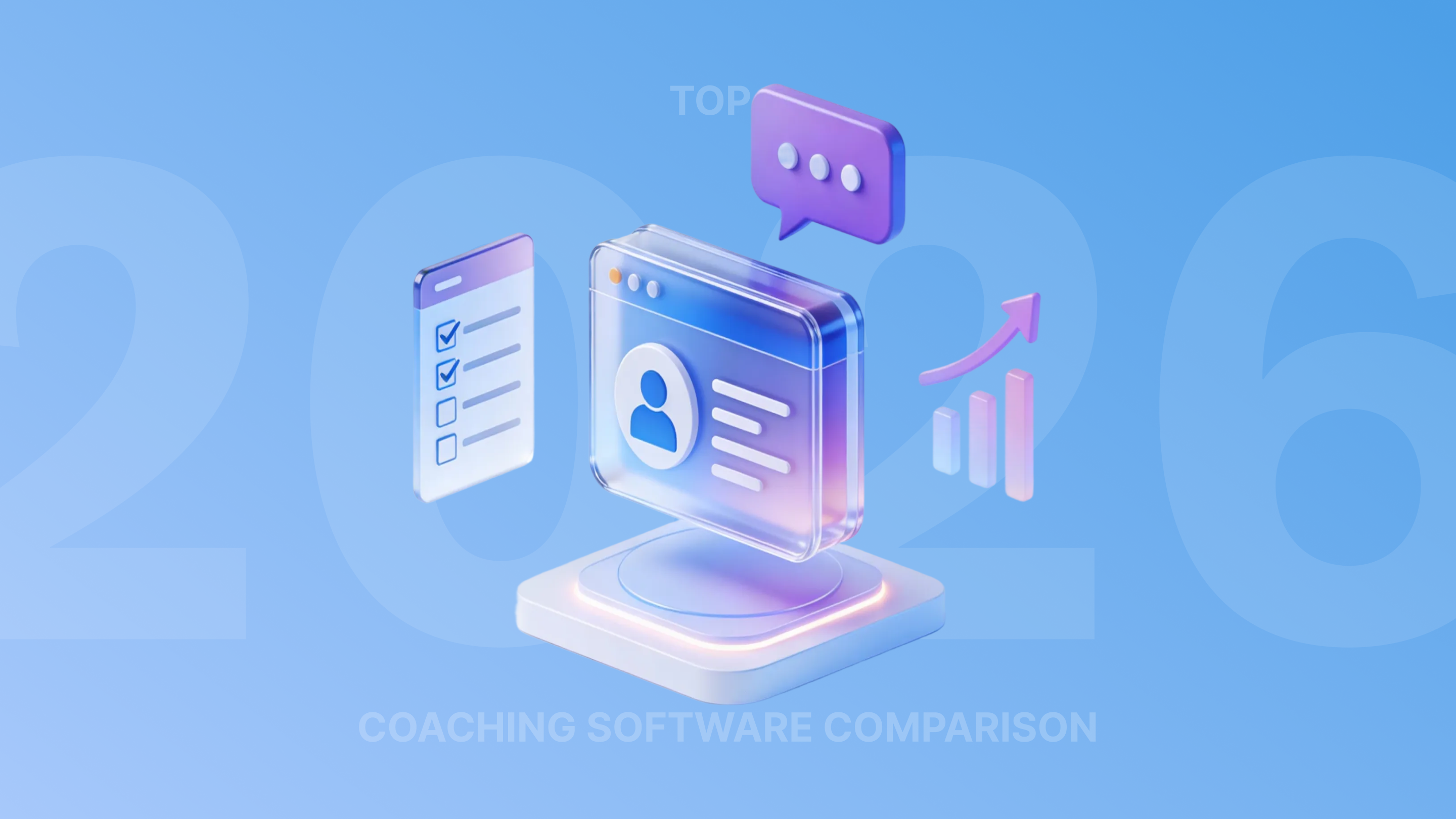How to land your next SDR role: Interview tips with Nooks' head of sales development

At the start of April, we were excited to launch the Nooks SDR Hot Joblist, a curated list of open SDR roles from some of the fastest growing, outbound-focused companies in our network. It’s our way of helping top sales orgs connect with amazing talent, and giving SDRs a fresh, high-quality resource to find their next role.
But we didn’t want to stop there. To make the process even smoother for SDR job seekers, we created this page to share relevant, practical tips on how to stand out in the interview process.
And who better to learn from than Melanie Smith, our incredible Head of Sales Development here at Nooks?
Mel has interviewed hundreds of SDRs, built and scaled multiple teams, and worked her way up from SDR to AE to sales leader, so she knows exactly what hiring managers are looking for and what it takes to get hired.
Let’s jump into 6 of Mel’s best tips to help you land your next SDR role with confidence.
1. Do Your Homework: How to Research the Company
Before you ever hop on an interview call, or even send in your application, researching your target company the right way can set you apart. According to Mel, Nooks' Head of Sales Development, top SDR candidates go beyond the surface.
Start with the company website, but don’t stop at the homepage. Mel recommends heading straight to the case studies section if available. “That’s where you can understand who they sell to and what the actual value of the product is,” she explains. This helps you get a clearer picture of the customer base and value proposition, which can be hard to decipher from generic product pages.
Next, dig into the company’s culture and performance. Mel suggests two specific tools:
- RepVue – For insight into sales team performance, comp structure, and promotion paths
- Glassdoor – For employee reviews and cultural fit
Knowing the persona the company sells to, whether it’s a sales leader or a technical buyer, can help you tailor your pitch and understand the challenges of the role. “The best sellers are passionate about what they’re selling,” Mel says. Showing you understand the product’s value and who benefits from it resonates in interviews and outreach.
Bonus tip: Use your research in your cold outreach to hiring managers. Mention the persona they sell to, the value you see in the product, or something specific from a case study. It’s a small effort that can make a big impact when trying to stand out.
2. How to Prep for the Interview
When it comes to nailing your SDR interview, Mel breaks prep into two key buckets: performance and personal stories.
First, if you’ve been in an SDR or sales role before, be ready to speak to your KPIs and performance metrics. How many calls and emails did you send daily? What did your outbound cadence look like? Were you consistently hitting quota, or maybe struggling and learning from it?
Mel emphasizes that performance alone doesn’t define your potential. “Just because someone wasn’t successful at one company doesn’t mean they can’t be successful at another,” she says. That’s why she digs deeper into a candidate’s day-to-day output, work ethic, and environment. It’s about fit and adaptability, not just raw numbers.
If you’re earlier in your career and don’t have experience to point to, that’s okay too, just be prepared to talk honestly about what you’re ready to learn and how you’ve demonstrated drive in other settings.
The second half of your prep should focus on your story. Hiring managers want to hear about grit, persistence, and motivation. Be ready to explain:
- Why you want this role
- When you’ve had to push through challenges
- How you’ve shown drive or resourcefulness in past jobs, school, or even life experiences
This isn’t about scripting perfect answers, it’s about getting clear and confident in what makes you resilient and hungry. Because at the end of the day, sales is about showing up and pushing forward, even when it’s hard.
3. How to Sell Your Past Performance
If you have prior SDR or sales experience, you will need to talk about performance, but it is not just about showing off big numbers. Mel encourages candidates to be thoughtful about how they frame their results.
Start by gathering context. If you can remember or access average attainment across your team, use it. “Even if you weren’t at 100 percent, showing where you stood relative to others helps paint the full picture,” Mel explains. A candidate who landed in the top tier of a lower-performing team may still be a standout.
That said, Mel focuses less on quota attainment and more on activity-based metrics. The key question she asks is:
How many meetings were you booking per week?
It comes down to the pace and volume of your work. A rep used to booking one meeting every other week might struggle on a team that expects three per week. Even if both reps hit their previous goals, their baseline is different.
When you talk about past performance, try to go beyond high-level attainment numbers. Share your weekly activity, explain your team’s average performance, and be honest about what environment helped you thrive. It gives hiring managers the insight they need to understand your potential fit.
4. The Importance of Practice
Preparation is not just about knowing what you want to say. It is also about practicing how you say it. Mel makes it clear that practicing for interviews is one of the most overlooked but impactful steps candidates can take.
“When I first became a manager, do you know how I found my interview questions? I Googled them,” she shares. There are endless free resources out there with common SDR interview questions. Use them to your advantage. Find patterns, write out your answers, and think through your responses ahead of time.
Mel is a big believer in scripting. Even as a leader, she preps answers and prefers not to rely solely on thinking on the spot. The more prepared you are, the more confident and polished you will sound.
If you have a friend who has experience as a hiring manager, ask them to run a mock interview with you. That is ideal. But even if you do not have someone to practice with, just saying your answers out loud can make a big difference. What makes sense in your head may come out differently when spoken.
Mel compares it to how sales teams run mock role plays and demo practice. Interviewing is no different. The more reps you get in, the more natural and confident you will become.
5. How to Stand Out in Your Application
If you are applying for a competitive SDR role, sometimes it takes more than a resume to stand out. Mel shares a few smart and practical ways to rise above the noise and catch a hiring manager’s attention.
First, consider calling the hiring manager. Even if they do not answer, leaving a voicemail can make a difference. Mel recalls a candidate who cold-called her, left a short message, and ended up getting hired — despite not being on her radar before. “It was just in the sea of applications,” she says. That extra step helped the candidate stand out.
If you leave a voicemail, keep it short and human. Mel recommends saying something like,
“Just wanted to put a face to the name. I’ve applied and really admire the team.”
Avoid directly asking for a meeting on the first message. The goal is simply to show initiative and make your name more memorable during the review process.
Another powerful move is to reach out to current SDRs on the team. But do it thoughtfully. Instead of messaging them with a generic ask like “Can I pick your brain?” treat it like a prospecting moment. Reference a post they shared, compliment their tenure or success, and ask a relevant question. Lead with value, not a time request.
Mel explains that when an SDR on her team flags a thoughtful message from a candidate, that person immediately jumps to the top of her review list. Peer recommendations carry weight, especially when applications pile up fast.
Lastly, if you have awards or standout performance metrics like President’s Club or SDR of the Year, make sure they are clearly listed on your LinkedIn profile. Mel says these achievements get noticed, especially when hiring for more experienced reps.
6. Nailing the Follow-Up
Following up after an interview might feel like a small step, but it is one that leaves a lasting impression. According to Mel, a simple and thoughtful thank you note goes a long way.
You do not need to go over the top or write something overly formal. What matters is that your message feels intentional. Mel suggests including a specific takeaway from the conversation: something that stood out to you or got you even more excited about the role. This shows that you were engaged, paying attention, and genuinely interested.
A strong thank you note should include:
- A quick expression of gratitude for their time
- A relevant insight or moment from the interview
- A short statement reaffirming your interest in the role or company
That kind of follow-up demonstrates professionalism and enthusiasm without being pushy. Sometimes, that small gesture is what sets you apart from the next candidate.







